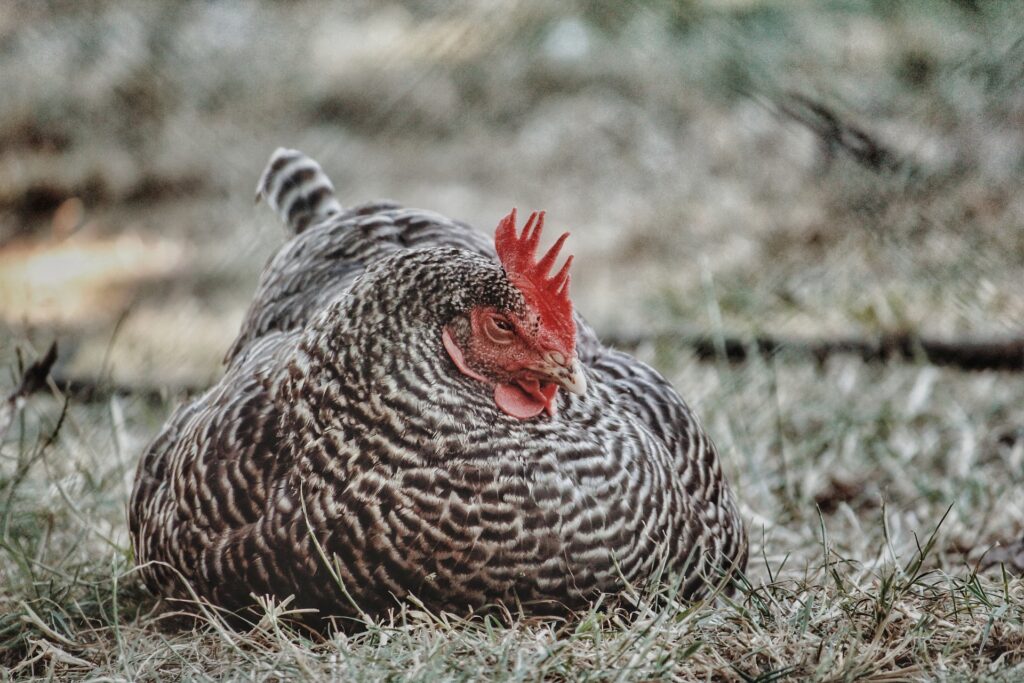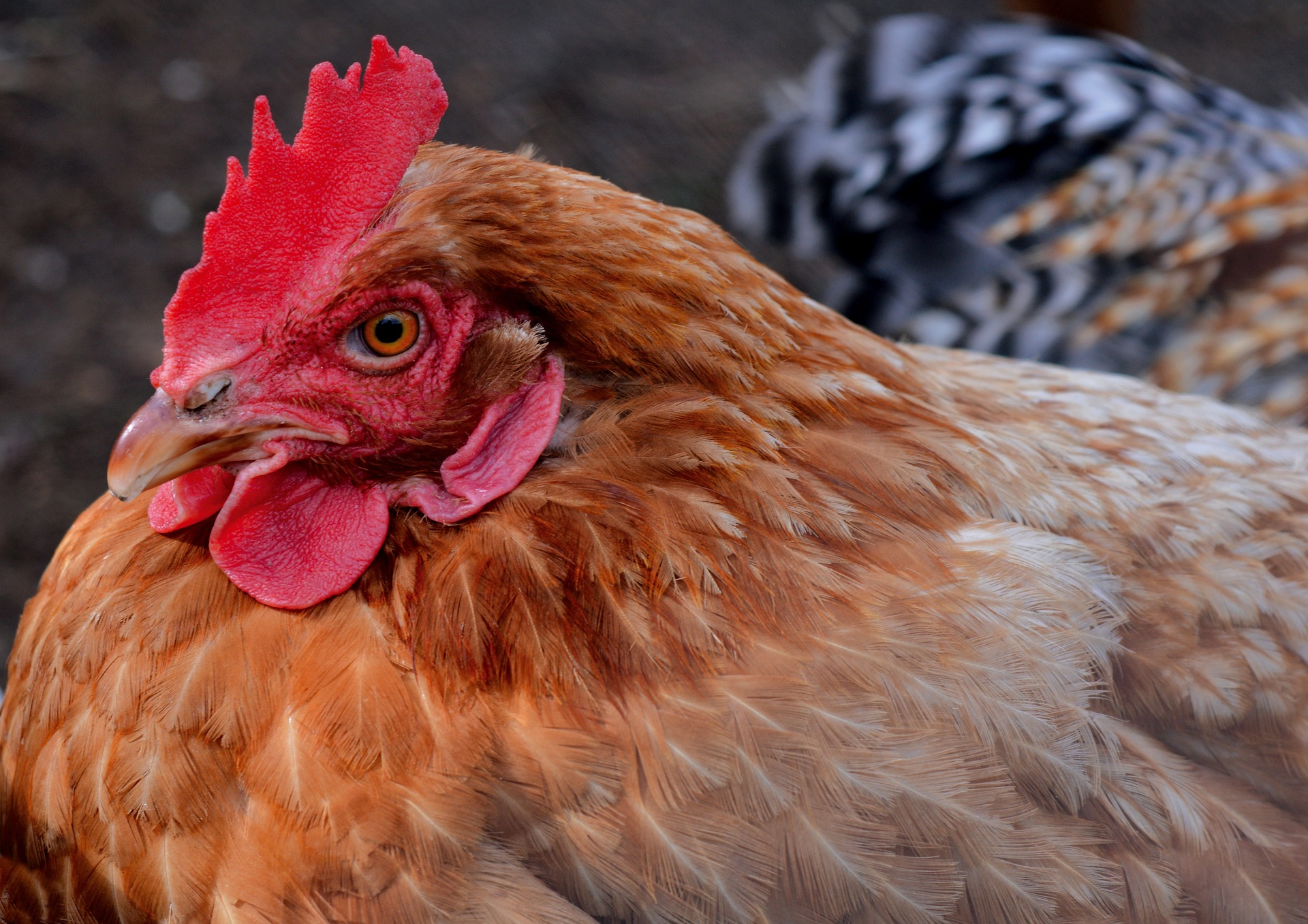What are chicken roosts? If you’re a backyard chicken keeper, you know that providing a safe and comfortable living environment for your feathered friends is essential for their health and happiness.
One crucial element of a well-designed chicken coop is a roosting area where your chickens can perch and rest during the night. In this blog post, we’ll explore the importance of chicken roosts, their benefits, and how to create the perfect perch for your flock.
You may also want to read about the best chicken coop.
What Are Chicken Roosts?
Chicken roosts are elevated perches where chickens naturally rest and sleep during the night. They are typically constructed as horizontal bars or branches that are raised off the ground, providing chickens with a secure and elevated spot to rest.
Roosting is a natural behavior for chickens, as they are descended from wild jungle fowl that would perch in trees to protect themselves from predators. In the coop, roosting provides chickens with a sense of security, warmth, and comfort, as well as a place to socialize and establish a pecking order.

Benefits of Chicken Roosts
Providing roosts in your chicken coop offers several benefits for your flock:
- Comfortable resting spot: Roosts provide chickens with a comfortable and secure place to rest during the night. Chickens naturally seek elevated perches to sleep, as it allows them to tuck their feet up and keep warm.
- Space-saving: Roosts are elevated, which means they utilize vertical space in the coop, leaving more floor space for other coop functions, such as nesting boxes or feeders.
- Reduced risk of respiratory issues: Roosting keeps chickens off the ground, away from drafts, and can help reduce the risk of respiratory issues caused by damp bedding or cold drafts.
- Natural instinctual behavior: Roosting is a natural behavior for chickens, allowing them to express their instinctual behaviors and establish a pecking order within the flock.
- Easy cleaning: Roosts can be easily cleaned and maintained, as droppings tend to fall below the roosts and can be easily collected and removed.
- Reduced risk of pests: Elevating the roosts off the ground can help reduce the risk of pests, such as rodents or mites, from accessing the chickens during the night.
Designing the Perfect Chicken Roost
When designing chicken roosts for your coop, there are a few key considerations to keep in mind:
- Size: The size of your roosts should be appropriate for the size of your chickens. Allow enough space for each chicken to perch comfortably without overcrowding. A general rule of thumb is to provide at least 8-10 inches of roosting space per chicken.
- Height: Roosts should be elevated off the ground, preferably higher than the nesting boxes and at least 18 inches above the coop floor. This height provides chickens with a sense of security and keeps them away from drafts or damp bedding.
- Material: Choose a material that is comfortable for chickens to grip, such as a wooden dowel or a rounded branch. Avoid materials with sharp edges or splinters that could potentially injure your chickens’ feet.
- Spacing: Space the roosts far enough apart to allow chickens to comfortably move around and avoid overcrowding. A spacing of 12-16 inches between roosts is typically sufficient.
- Stability: Ensure that your roosts are stable and securely attached to the coop walls or framing to prevent any wobbling or collapsing, which could injure your chickens.
- Cleaning: Consider placing a droppings board or tray below the roosts to collect droppings and making cleaning easier
Maintaining Chicken Roosts
Maintaining your chicken roosts is essential for the health and well-being of your flock. Here are some tips to keep in mind:
Clean Regularly: Chicken droppings can build up quickly on roosts, so be sure to clean them regularly to prevent the buildup of harmful bacteria and pests. Remove any droppings and bedding, and wipe down the surface with a disinfectant solution.
Check for Pests: Mites, lice, and other pests can hide in the cracks and crevices of your roosts, so be sure to check for signs of infestation regularly. Treat your roosts with a natural pest repellent or insecticide if needed.
Inspect for Damage: Over time, roosts can become damaged or worn, which can be dangerous for your chickens. Check your roosts regularly for signs of wear and tear, and replace any damaged parts as needed.


